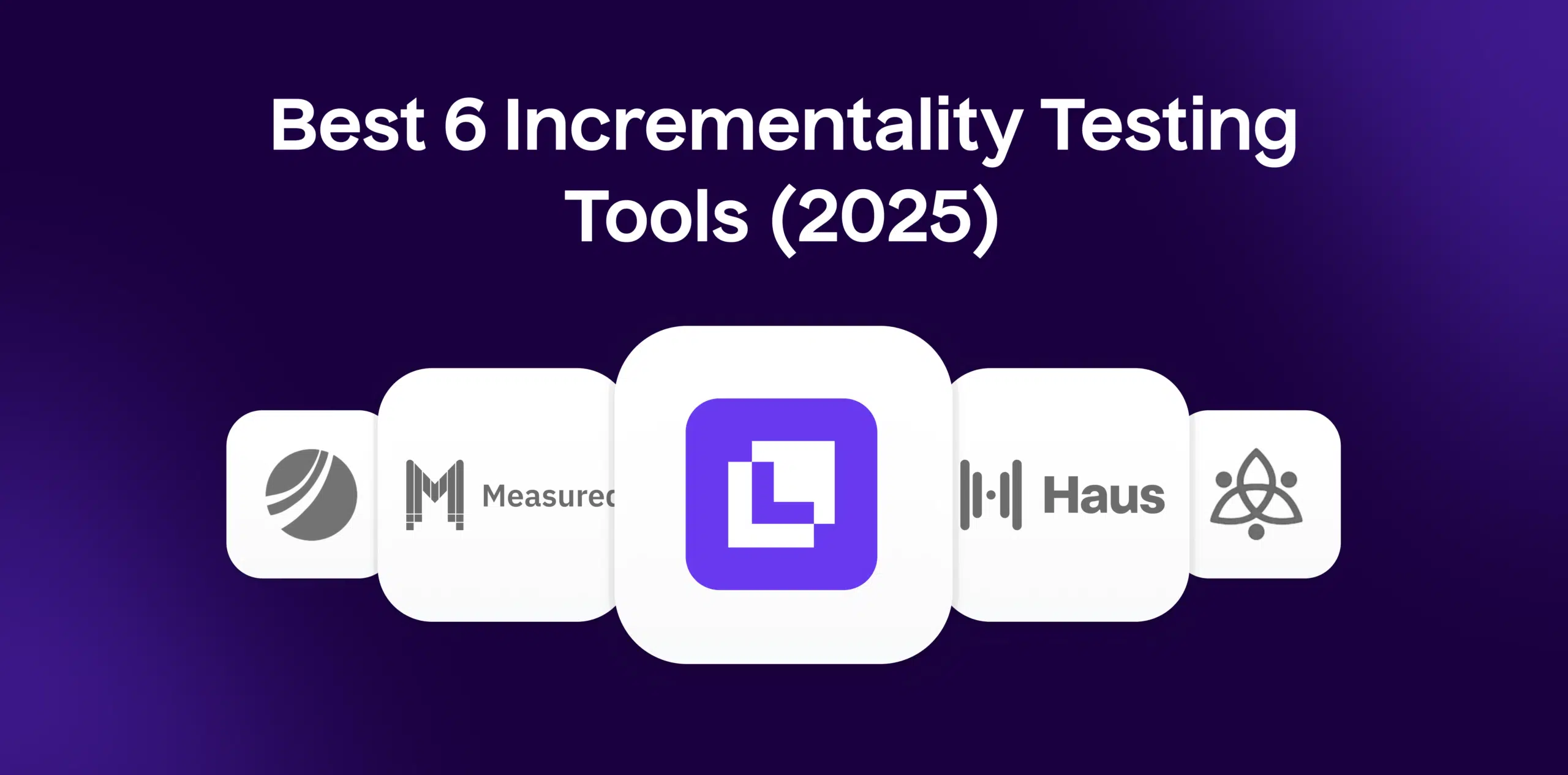What is Touchpoint Analysis?
Touchpoint analysis, in the world of ecommerce, focuses on systematically examining the various instances or points where customers come in contact with a brand. These touchpoints range from initial awareness or discovery, through various engagements on websites, email marketing, social media, customer service interactions to the final purchase. Effective touchpoint analysis harnesses these insights to improve customer experience and drive higher engagement and conversions.
Formula
Touchpoint Analysis doesn’t have a mathematical formula but rather a tracking process involving the identification of potential touchpoints, collecting data, analysis of the data, and initiating strategic actions.
Example
Consider an online fashion retail store. Potential customer touchpoints are advertisements, website or app visits, newsletter emails, social media posts, customer reviews, live chat inquiries, and finally, completing a purchase. For an accurate touchpoint analysis, this ecommerce store would track customer behaviors at each stage, analyze how they interact, and optimize marketing strategies accordingly.
Why is Touchpoint Analysis important?
Touchpoint analysis is vital for developing a seamless, personalized customer journey, leading to enhanced customer satisfaction and brand loyalty. It identifies areas that need improvement, helps in the allocation of resources, ensures a consistent brand message, and effectively drives customer engagement and conversions.
Which factors impact Touchpoint Analysis?
Improving touchpoint analysis involves optimizing each touchpoint for maximum engagement, routinely gathering and analyzing customer feedback, A/B testing to see what works best, and leveraging data analytics to derive actionable strategic insights.
How can Touchpoint Analysis be improved?
Several factors impact touchpoint analysis, including the quality of customer service, ease of navigation on the website or app, personalization level, response timings, content quality, and overall brand reputation.
What is Touchpoint Analysis’s relationship with other metrics?
Touchpoint analysis is interconnected with various ecommerce metrics like bounce rate, conversion rate, customer lifetime value, churn rate, and net promoter score. By improving the individual touchpoints, these key performance indicators (KPIs) will effectively enhance, leading to overall business growth.
Free essential resources for success
Discover more from Lifesight

























































